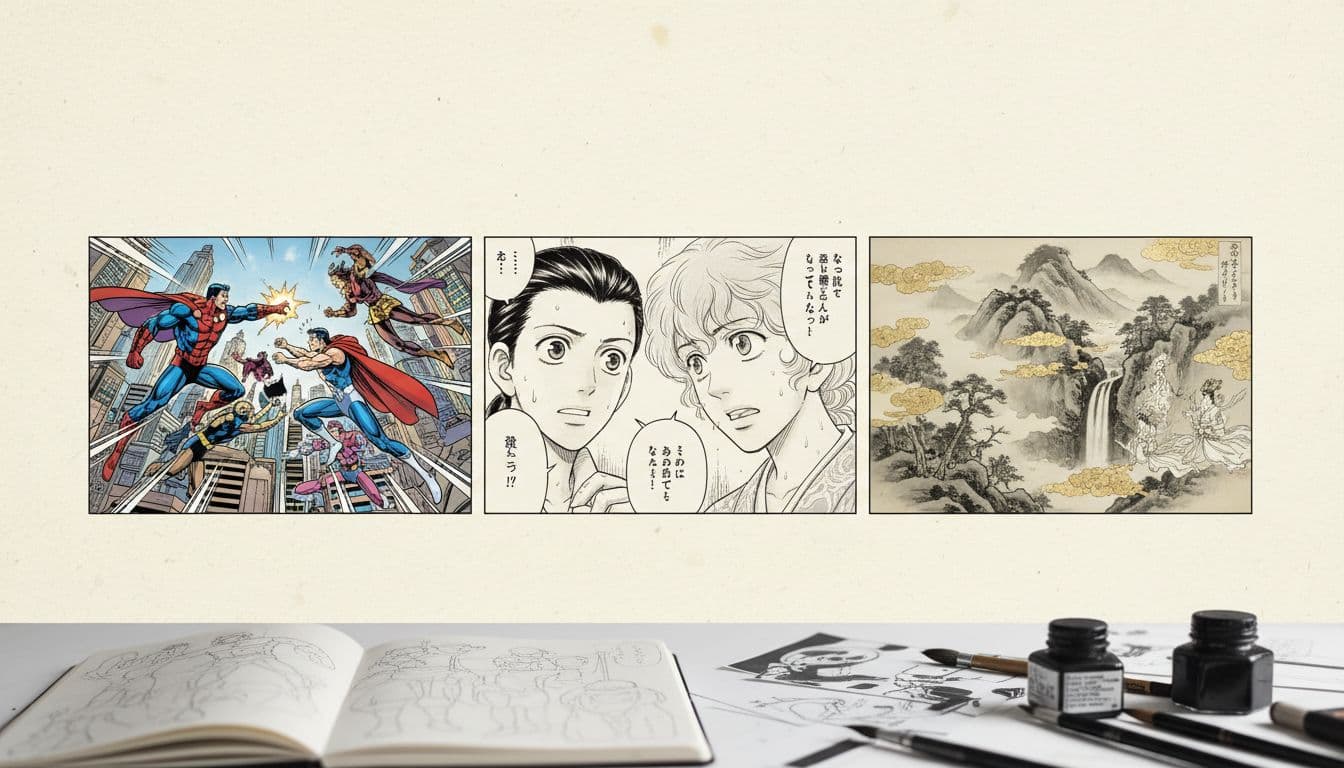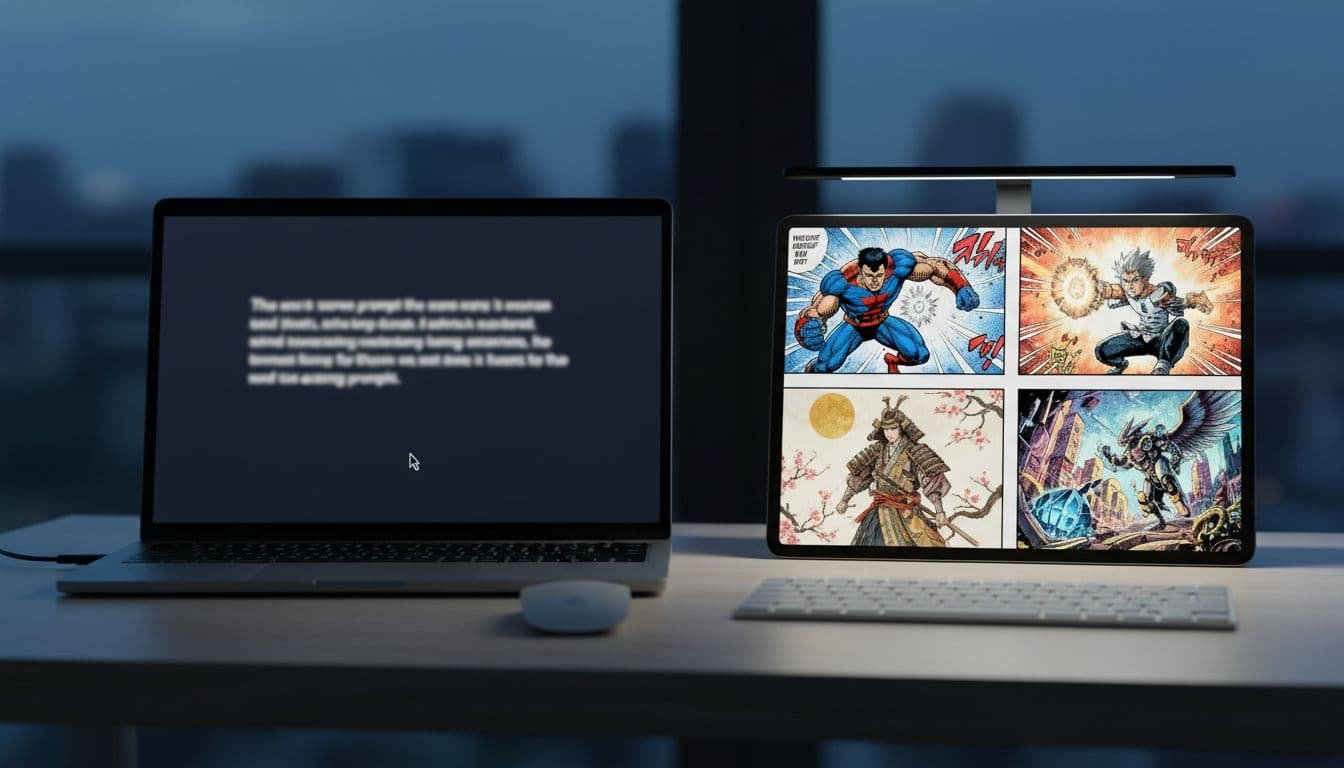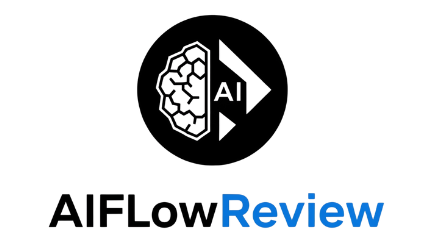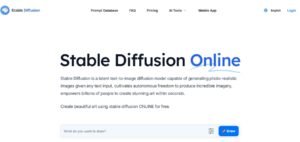If you are a creator, teacher, marketer, or developer, you probably want fast visuals that still tell a clear story. That is where AI Comic Factory fits in. It turns your text into comic panels with a few clicks, then lets you adjust captions, layouts, and characters for a readable page.
I tested it like I would a production tool, focusing on speed, control, and whether a non-artist can shape a story without fighting the interface. You will see how features stack up, where quality lands, what the free plan covers, and how it compares to similar tools.
It is 2025, and the bar for AI visuals is higher. Tools now push better character tracking, real-time collaboration, and early peeks at AR or VR previews. The question is simple: can you make a shareable comic in minutes?
Quick verdict: if you want the fastest path to a readable comic page with minimal setup, this tool hits the mark.
For an official description, feature list, and current updates, the platform’s site is helpful. See the overview on the AI Comic Factory homepage.
AI Comic Factory Review: How It Works and What You Get
You type a scene prompt, pick a visual style, choose a panel layout, and generate. That is the core loop. The tool then gives you captions you can edit, plus a redraw option if a panel misses the mark. It supports character consistency, so recurring characters keep their look across panels when you prompt them clearly. You can save projects in the cloud and collaborate, which matters for team classrooms or small studios working on scripts together.
 Image created with AI.
Image created with AI.
Here is the benefit in plain English: I can produce a shareable comic page in minutes, even if I cannot draw. The style presets include American comics, Japanese manga, and Nihonga, which covers a wide mood range. Panel layouts give you pacing control. Captions and redraws give you story control. If a character’s hair color or outfit slips, a quick prompt tweak can fix it on the next pass.
Callout on control:
- Use captions when you want to steer tone, inner thoughts, or dialogue pacing.
- Use redraws when you need to fix visual elements, like camera angle, expression, or action clarity.
If you want a third-party snapshot of features and price ranges, the overview at Tools for Humans on AI Comic Factory offers a quick scan.
From prompt to panels: the simple flow
The process feels like scripting a scene, then watching it come alive.
- Step 1: Write a clear scene prompt. Describe who, where, and what is happening.
- Step 2: Pick a style and a panel layout that fits your pacing.
- Step 3: Generate the panels to get your first pass.
- Step 4: Tweak captions or ask for a redraw for any panels that need correction.
Tips for stronger prompts:
- Name your character and list traits: age, clothing, color notes, defining props.
- Add action verbs and a setting cue: rooftop at dusk, rain-soaked alley, lab with neon lights.
Styles, layouts, and captions that shape your story
Styles change mood, and layouts change rhythm. The American style leans bold, with high contrast and punchy action. Japanese manga reads expressive and kinetic, great for emotion and speed lines. Nihonga gives a painterly, elegant look that works for calm scenes, fables, or fantasy.
Panel grids shape pacing. A 3-panel row reads like wide beats, steady and clear. A 2-by-2 grid creates quick cuts, perfect for conversations or action steps. Captions carry your narration and dialogue, so treat them like a script. Use short lines that leave breathing room for art.
For cohesion, I stick to one visual style per page. Mixing styles mid-page can work, but it reads like a flashback or dream unless planned.
Keeping characters consistent and editing panels
Character consistency is the difference between a throwaway test and a story you can publish. The tool can maintain a look if you feed it steady prompts. It is not perfect, but it is solid enough when you give it clear anchors.
Use redraws when a panel’s pose, angle, or expression needs a fix. Use prompt refinement on the next panel to reinforce the look.
Quick checklist for prompts:
- Character name and role
- Outfit details and color scheme
- Hair, eyes, and key prop
- Mood or emotion for the scene
- Setting and action cue
Team features: real-time collaboration and cloud saves
You can invite others to work on the same project, then access pages from any device. This helps when your group splits tasks across writing, art curation, and caption review.
Use cases:
- Classrooms where students co-write scenes
- Small studios running fast storyboards
- Async teams working across time zones
If you care about how I assess tools like this, here is my framework: Our Detailed AI Tools Review Process.
AI Comic Factory Pricing Explained (Free vs Paid)
There is a free plan with limits. You can try core generation, basic edits, and get a sense of speed and quality. Paid plans start at 9.99 dollars per month and add more credits, faster generation, and better support for longer stories.
In practice, a beginner can finish short scenes on the free plan each week if they keep prompts tight and avoid heavy redrawing. Paid tiers make weekly publishing more realistic, especially if you need multi-page arcs or classroom batches.

For real-time features and pricing context gathered from my testing and public info, the platform’s page is the source of truth: AI Comic Factory official site.
What the free plan lets me do
The free plan is enough to:
- Generate panels in several styles
- Try common layouts
- Edit captions and test redraws with limits
Who it fits:
- First-time creators exploring workflow
- Students and teachers testing assignments
- Hobbyists experimenting with short gags or pitches
Paid plans starting at $9.99: speed, credits, and extras
The upgrade gets you more credits, faster output, and better control for longer stories. If you want to publish weekly or manage a class project with multiple pages, the monthly tier at 9.99 dollars covers the basics. You gain more room for retries and panel polish without hitting a wall.
If you are also considering image-first tools for custom character sheets or style references, see my notes on Leonardo AI 2025 Review for Generative Comics.
Who gets the best value: students, hobbyists, and pros
- Students and teachers: quick story visuals for assignments, easy sharing.
- Hobby webcomic creators: steady output for social posts or short arcs.
- Solo marketers: explainer strips and campaign teasers with tight timelines.
- Small studios: fast storyboards before moving to final art.
Cost-saving tips and limits to watch
- Batch prompts by scene to reduce retries.
- Reuse style and layout settings per page for consistency.
- Refine captions before you redraw.
- Plan your panel grid first to guide pacing.
- Track credits, and avoid over-redrawing the same panel.
If you are juggling open-source options for deeper control, my take on Stable Diffusion: Open-Source AI Tool Breakdown explains when it is worth the setup time.
AI Comic Factory Review Results: Quality, Speed, and Control
I ran multiple scenes across American, Japanese, and Nihonga styles. I checked clarity, line work, faces, backgrounds, and how well the captions synced with action. I also timed generation and measured how often I needed redraws.

General notes:
- Visual quality is strong for short scenes and single pages.
- Speed feels snappy, especially on paid tiers.
- Control is good when prompts are clear and captions do heavy lifting.
Art quality across American, Japanese, and Nihonga styles
American: bold lines, strong silhouettes, and punchy colors. It shines for action beats and hero poses. Weak spot: background detail can look generic in crowded scenes.
- Tip: add a setting tag with time and weather for richer backdrops.
Japanese: expressive faces, clean line work, and good motion. Strong for dialogue-heavy pages and emotional beats. Weak spot: hands or small props can need a redraw.
- Tip: call out hand pose or prop position in the prompt.
Nihonga: painterly textures, soft gradients, and elegant compositions. Great for calm or mythic tones. Weak spot: fast action can feel too soft.
- Tip: describe the focal point and contrast to avoid muddy edges.
Narrative control with captions and prompts
Captions guide the reader through beats. Short lines keep pace. Prompts affect framing. For example, change “camera on hero” to “low angle on hero” and you get a stronger power shot. Or switch “nervous smile” to “tight-lipped worry” to shift the mood.
Micro-example:
- Before: “Rin confronts the thief on a rainy rooftop, camera on Rin.”
- After: “Rin confronts the thief on a rainy rooftop, low angle on Rin, thief half in shadow.”
- Result: The panel reads more dramatic, with clearer focus on power dynamics.
Pros and cons after real use
Pros:
- Easy onboarding and fast first results
- Variety of styles for different tones
- Captions plus redraws provide solid story control
- Collaboration and cloud saves help teams
- Character consistency is workable with clear prompts
Cons:
- Free plan limits can slow longer stories
- Faces or hands may drift off-model at times
- Less personal touch than hand-drawn art
- Complex crowd scenes may need retries
For community chatter on paid value and expectations, this thread offers mixed but useful takes: Is AI Comic Factory Premium worth it?.
Best use cases right now
- Classroom storytelling and literacy projects
- Quick storyboards for pitches and prototypes
- Social posts or newsletter strips
- Visual journals and concept explorations
- Pitch decks that need narrative visuals fast
Where a human artist is still better:
- Nuanced character acting across long arcs
- Highly stylized or experimental panels with bespoke layouts
AI Comic Factory vs Other Generators: Which Should You Pick?
Picking a tool comes down to output speed, control, and your pipeline. If you want a simple path to a finished page, this is a strong pick. If you need advanced control, other tools can win on customization, though they often take longer to learn.

If you want a broad industry view on AI comic makers and why different tools might fit different needs, this explainer is a helpful starting point: Best AI Comic Generators Comparison.
GoEnhance AI Pro and ComicsMaker Ultra: power vs complexity
These types of tools tend to offer deeper pipelines, sometimes with animation hooks or scene hierarchies. They can be pricier and more complex. Studios and power users will benefit most, especially if they already manage assets and story bibles.
Perchance Comics: a simple free alternative
Perchance-based generators are fast to try and great for learning prompt basics. They are limited on layout control and consistency compared to AI Comic Factory. Try it first if you just want to understand prompt and panel relationships, then move up when you need more features.
Match the tool to your goal and budget
- Need the fastest route to a readable comic? Start with AI Comic Factory.
- Need animation-ready outputs or deep pipelines? Consider the pro-grade tools.
- Need zero-cost experimentation? Try a simple free generator, then upgrade later.
What I am watching in 2025: AR, VR, and smarter stories
Expect more real-time collaboration and richer previews that hint at AR or VR panels. Better character tracking and story memory will help longer comics stay coherent, with recurring outfits, props, and subplots preserved from page to page.
Wrap-up: my verdict and a smart way to start
Who will love it: educators, hobbyists, solo marketers, and teams who want fast, shareable pages with minimal setup. Who may hit limits: creators chasing bespoke styles, complex crowd scenes, or precise acting across many pages. What to try first: start on the free plan, learn prompts and captions, then upgrade if you publish weekly or manage a group project. If you want an independent viewpoint on how I test tools, see the site’s process page: How We Test and Rate AI Comic Software.
Starter checklist:
- Define your style for the whole page
- Write one-sentence scene prompts
- Pick a panel layout that matches pacing
- Generate your first pass
- Refine captions before you redraw
- Redraw only what truly matters
If you prefer a broader image platform to prep character sheets or references alongside your comics, this review can help you decide: In-Depth Look at Stable Diffusion for Comic Creators.
I will keep testing as tools evolve. For now, the AI Comic Factory Review takeaway is simple: it gives non-artists real power to tell visual stories at speed, and that is a win for anyone who values clarity, control, and time.

















